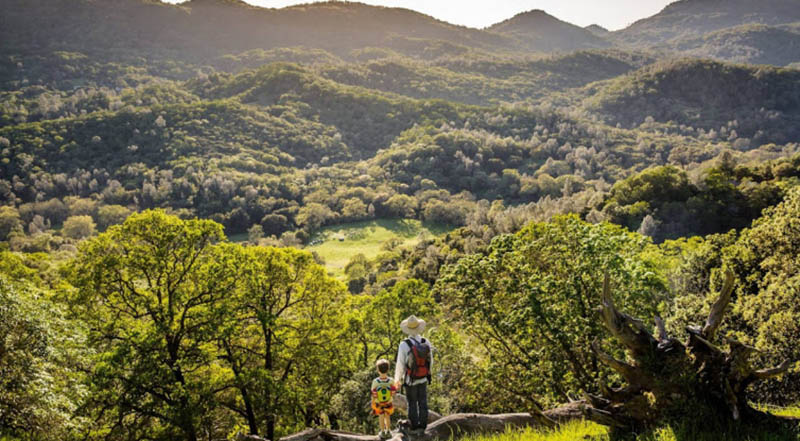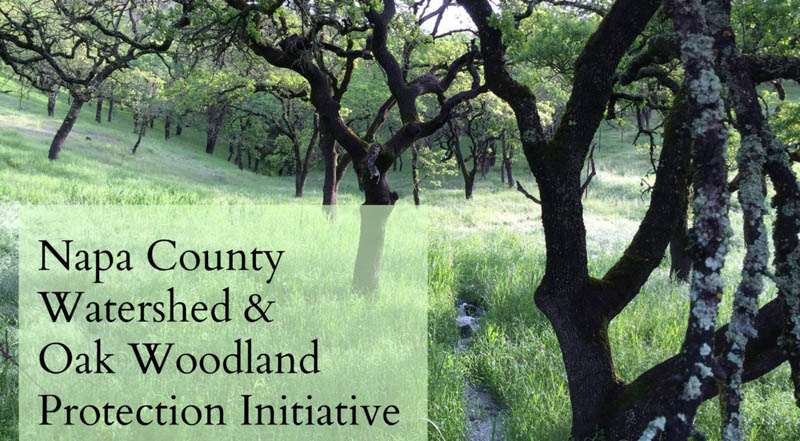New review from: Booklist
Napa at Last Light: America's Eden in an Age of Calamity.
Conaway, James (Author)
Mar 2018. 352 p. Simon & Schuster, hardcover, $26. (9781501128455). 641.2.
Mar 2018. 352 p. Simon & Schuster, hardcover, $26. (9781501128455). 641.2.
At the time of this review, wildfire is spreading across the Napa Valley in California, burning homes, businesses, and vineyards and killing record numbers of people. Such wildfire is an important thread in this third book in Conaway’s trilogy about the history and development of the famous wine region (Napa: The Story of an American Eden, 2002; The Far Side of Eden: New Money, Old Land, and the Battle for Napa Valley, 2003). Conaway tells a tragic story of conflicts between old residents and new; the rich and the filthy rich; and environmentalists and corporate profiteers. Among the victims are the land; the old, comfortable way of life; the quality of the wine; and the dreams of many to own their own vineyards. In each story, readers see the varied, fragile landscape and discover that Napa’s old governance, which used to protect the land, capitulates to demands for increasing production of expensive wines. As a timely cautionary tale, revealing what may soon happen to our nation and world, this will interest readers nationally.
— Rick Roche
*











